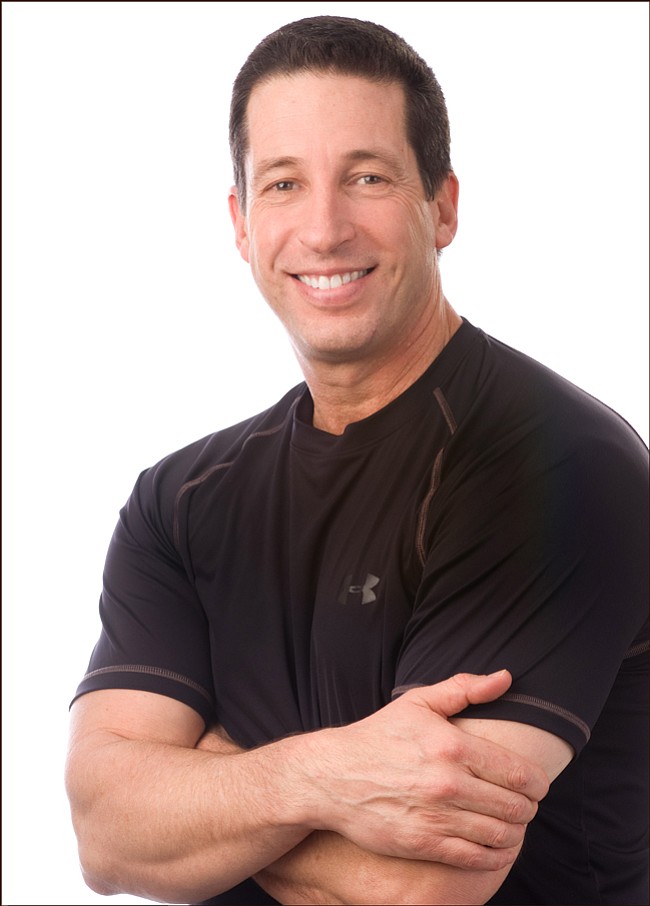Many fitness trainers will tell you that, arguably, one of the most difficult mechanical movements to teach is the squat.
When working with a barbell or single fixed bar, the squat can often be classified into two subgroups — the front squat, in which the bar is settled or rests on clavicles and upper shoulders on the front of the body (a more advanced lift), and the back squat, where the bar traverses across the upper shoulder blades behind the back and loads the spine in a straighter line. Each one of these lifts exerts different forces or stresses that the body has to overcome in motion.
Not only do these lifts elicit usage of some of the strongest muscles in the body (glutes, quads and hamstrings) but they also help develop back and core strength which must be harnessed to stabilize the load and protect the spine — especially with the center of gravity so high on the shoulders.
For the fitness trainers, the squat will also reveal valgus or “knock knees,” weak inner leg muscles (adductors), tight hamstrings (heels that come off the ground as the knee angle decreases) and a host of other muscle or flexibility imbalances — all of which can be corrected through a well-designed training program.
One of the more common mistakes in executing a squat is failing to use the strength of the musculature in the glutes and hamstrings. Another common technicality in beginners and advanced lifters alike is that the pressure of the weight being lowered is translated through the arch or ball of the foot. This event is not to be confused with the requirements of resistance training with an athlete where explosive leg movements sometimes require load through the arch and ball of the foot.
The critical point to understand for muscle development, however, is that when the heel remains in contact with the ground (often referred to as a “closed chain” exercise) during the squat, it not only involves significantly more muscle in the back half of the lower body, but also manages to lessen the stress experienced through the patellar tendon, which drives the knee cap into the front of the leg when the leg is straightened under load.
A visual that seems to work well with my clients is to have them envision a coin under the ball of their heel and put all their pressure on that coin when performing a squatting motion. Not only does this involve more of the posterior musculature of the body, but from a functional standpoint, it will play a greater role in slowing down some of the knee wear issues that occur from poor form.
Try your own experiment some time and notice how far you roll forward onto the front of your feet when moving from a sitting to a standing position, ultimately putting your knees in a poor mechanical position.
Contrast this by standing straight up, keeping your weight on your heels, and not rolling your body forward, instead engaging those back-half muscles. At this point, you should notice a marked decrease in the stress experienced at the knee by choosing to load your heels.
Multiplying these techniques by a lifetime of standing up and sitting down one quickly realizes that the time has come to use that “back-half” of your body to assist you in any squatting motion, whether at the gym or getting up from the table.
Bill Victor is the owner of Victor Fitness System Professional Fitness Trainers, Flashpoint Athletic Speed & Agility Specialists, and Performance Nutrition Consultants. He can be reached at billv@victorfitsystems.com, 360-750-0815, and at http://theflashpoint.org and http://VictorFitnessSystems.com.



